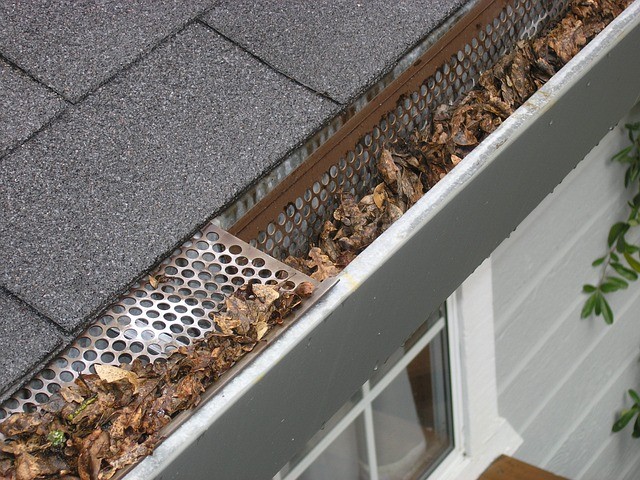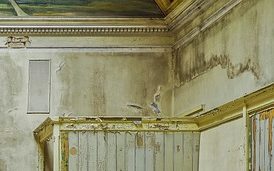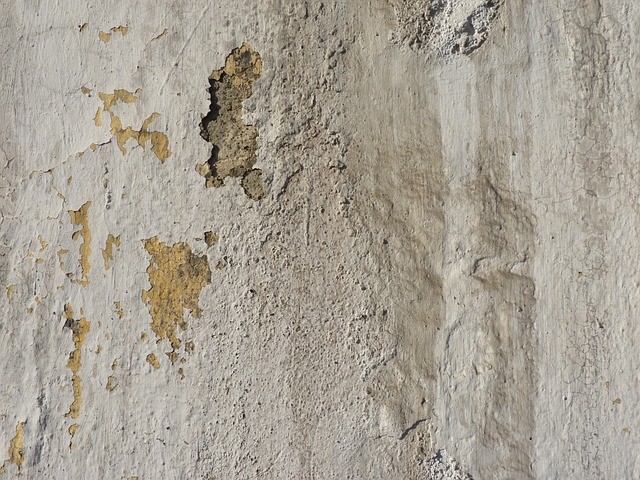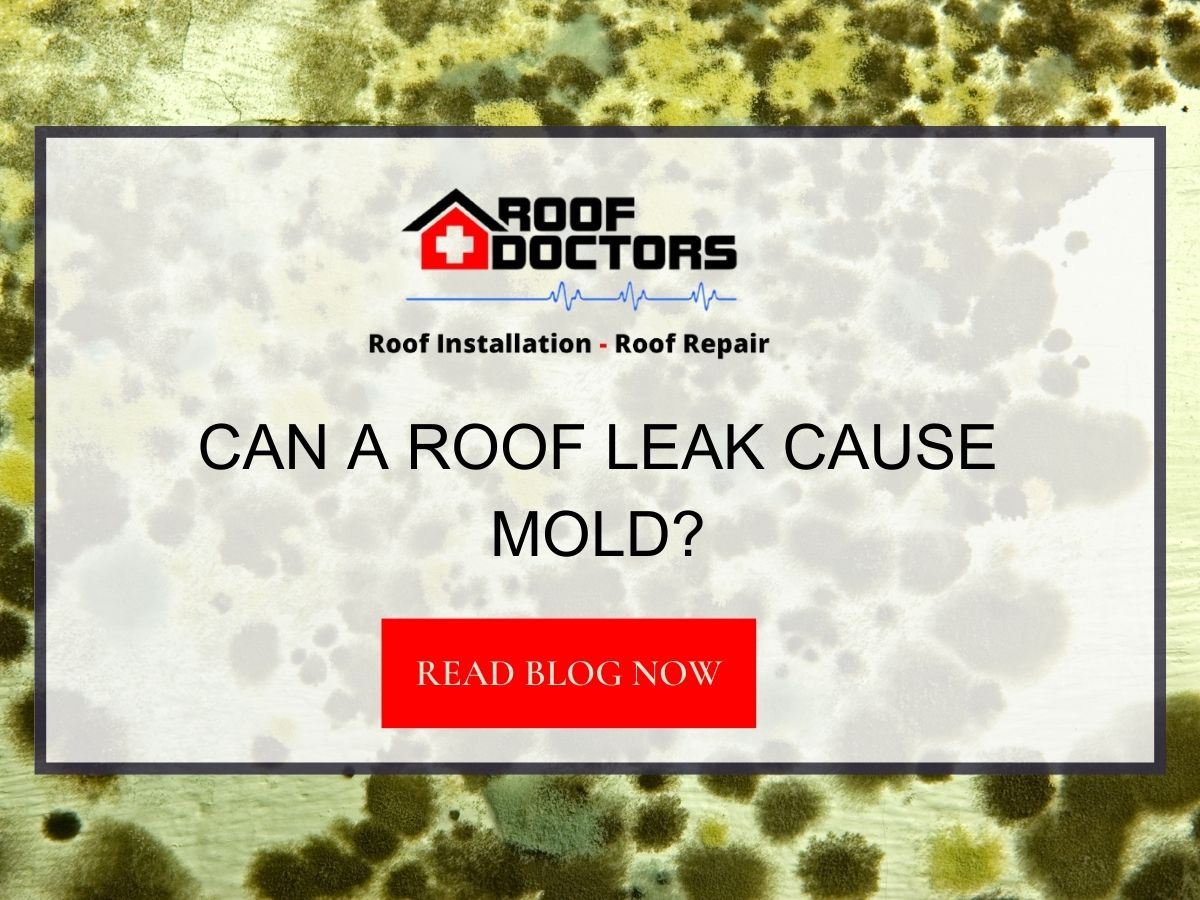As a homeowner who takes pleasure in preserving your property, precautions are the intelligent method to maintain your house in good shape before a problem arises. Can a roof leak cause mold? A leaking roof can cause expensive structural damage to your property without ever noticing.
Keeping up with roof maintenance is crucial if you want a problem-free place. Roof leaks can lead to water damage, mold development, and other issues.
What is a roof leak?
A leaky object or structure contains flaws such as holes or fissures that allow fluids and gases to seep through. There should be a way for water to penetrate the shingles for leaks in the roof.
The consequences of water damage are severe. As a result, you should check your shingles for any signs of damage. They may be letting in water if they have crinkled upwards or downwards, maybe due to improper installation. Watch for signs of roof leaks before they compromise your home and safety.
There are a wide variety of household issues that can be put off indefinitely. However, if you have a leaky roof, fixing that should be your top priority. There are a number of causes of roof leaks, including shoddy installation, wind or storm damage, and neglect.
Perhaps your roof has simply reached the end of its useful life and needs to be replaced. Remember that the average roof’s lifespan is only 20-30 years. A small roof leak can have a major impact on your home and family.
When a roof leaks, most homeowners immediately think of the structural implications, but there are actually a number of other hazards that can arise as a result. The attic is the first place water is most likely to enter a house, and if it leaks constantly, it will eventually reach the foundation.
Why Do Leaks Occur In Roofs?

About $2.5 billion a year is lost by insurance companies in the United States due to mold and water damage. Where do these cracks come from, exactly?
1. Investing Excessive Time in a Vertical Environment
It can be difficult to tell if spending too much time on the roof caused a leak, so it’s probably best to avoid doing so. Roofs are much more delicate than they look. If you step in the wrong place, the materials can easily crack and break.
Contact a trained professional who can do it safely if you think you need to go up on your roof.
2. Damaged or Clogged Downspouts
On average, the United States receives 30 inches of precipitation annually. The gutters on our roof are essential for diverting rainwater away from the house. Water leakage and mold growth are just two of the many problems that can result from gutters that are either broken or clogged.
If you want to avoid gutter problems, it’s important to have a professional roofer check out your roof at least once a year. Prior to the onset of rainy weather, it is best to clean out your gutters.
3. Missing or Damaged Roofing
Your shingles act as the roof’s initial defense against bad weather. However, your shingles may eventually become damaged and develop leaks if you experience prolonged periods of severe storms and rain. During your next roof inspection, be on the lookout for any broken shingles. If you want to increase the security of your home, you should replace the worn spots.
Can a roof leak cause mold?

There are two distinct types of mold growth that are both caused by roof leaks. When the attic becomes overly damp from the roof leak, systemic growth can occur.
The accumulation of moisture here is indirect. The roof leak only affects a small area; however, the dampness in the air causes condensation throughout.
Water spots on the ceiling and a musty odor are classic signs of a mold problem caused by a leaking roof. In humid environments, mold thrives. The United States Environmental Protection Agency warns that mold and mildew can cause a wide variety of health problems, especially in people who are already sensitive to their presence.
Dangers of mold:
Once mold has taken hold, it continues to multiply, producing spores that can trigger asthma attacks, allergic reactions, and other serious health issues. Conducive conditions for the growth of mold are those that are damp.
Mold can flourish in the increased humidity caused by roof leaks. Walls, paint, tiles, carpets, flooring, and even the structure of your home are all vulnerable to mold and mildew damage. Mold is a nuisance and is also very dangerous to your health and the health of your family.
Mold can easily spread through your home’s ventilation and air conditioning system, contaminating the air you breathe. Allergy symptoms (such as sneezing and headaches), nosebleeds, respiratory problems, and lung disease are just some of the health issues that can be triggered by mold.
Reduced mold growth is a direct result of increased ventilation, which helps to dissipate the additional moisture caused by the roof leak. Because of this, mold remediation is restricted to the spot where the leak was.
How do you properly deal with mold growth in an attic because of roof leaks?
Firstly, the source of the leak on the roof must be fixed. Instead of hiring a company that specializes in mold removal, most people hire a roofing specialist to handle this part of the job. Most experts in the mold industry are unable to fix roofs legally.
The second step is the application of a fungicide to eradicate the current mold infestation. Third, the attic is dried out, either by allowing air to circulate through it naturally or by using a heating and dehumidifying system.
The fourth step is to use an encapsulant to cover up any mold stains that were not removed in the previous steps. Leaks in roofs can cause significant problems if they aren’t fixed quickly.
How to tell if You Have Ceiling Mold
Okay, after your leaky roof experience, you know or at least suspect that you have ceiling mold. How can you tell if your ceiling has been modified, and what should you do about it? Exist any overt indications of anything?
The good news is the presence of ceiling mold is usually easy to spot. Keep an eye out for these:
- Discoloration of the ceiling in brown or gray
- The mold that can be seen (usually dark green, brown, or black)
- An unpleasant musty odor close to where the roof has leaked.
Health-related effects of mold:
In addition to the aforementioned telltale indicators, there are also some health-related red flags that may signify the presence of mold in your home:
- Attacks brought on by asthma
- Obstruction in breathing
- Fever
- Difficulty swallowing
- Depression
- Migraine and headache sufferers
- Rash or urticaria
- Tired all the time
If you or a member of your household is experiencing any of the aforementioned symptoms and you also know that water damage has occurred to your ceiling, then immediate action is required. The sooner mold growth is dealt with, the better, whether you choose to remove it yourself or hire a professional.
The solution to the mold problem

After determining whether or not mold has grown on your ceiling as a result of a roof leak, the next step is to figure out what to do about it. The steps below will help you assess the situation and decide what needs to be done to get rid of the mold in your home.
1. Assess the Damage
Observing mold growth on your ceiling is concerning, but you should know that it may not be the whole problem. Water damage can allow mold to grow anywhere, including in structural elements like floorboards and ceiling beams as well as in more permeable materials like drywall and insulation. If you suspect mold growth, you should conduct a thorough inspection of the area. Keep in mind that you should also look for mold in the attic.
2. Remove it Yourself
As long as the mold growth is contained in a small area, you can take care of it on your own. Of course, finding and repairing the source of the water leak is the first order of business. The next step is to spray a fungicide and scrape the mold off the ceiling to get rid of the current growth. Once the area has dried completely, it must be closely monitored over the next few weeks to make sure the mold doesn’t return.
3. Get in Touch with a Pro
Given the severity of the problem and the difficulty and inconvenience of mold removal, we strongly advise seeking the help of a professional in the event of a suspected ceiling mold infestation. Why? Even if the mold looks like it’s only in one small area, it could actually be spread out over a much larger area. Experts in mold removal will clean up your space, replace any affected drywall, and make sure the problem doesn’t come back.
Insurance Claims and Roof Leaks

When a roof leaks, will the homeowner’s insurance pay for it? The type of policy you have and the reason for the leak are both factors, but how quickly you identified the problem and what you did about it are more important.
As long as you act quickly after discovering a leak, your insurance should cover the repairs. Your water damage claim will not be approved if you ignore a damp area on the ceiling for a few months before reporting it (damage must be “sudden and accidental” for insurance to pay out).
Normal damage caused by a lack of maintenance is typically not covered by homeowners’ insurance. Failure to detect a roof leak is considered negligent by most insurance policies.
Document the damage:
Mold on a typical interior surface may not be noticeable for weeks or months, indicating that the leak that caused it did not occur recently. Since you are responsible for performing regular, thorough home inspections, the fact that you haven’t found the cause of the problem — in this case, a roof leak — for so long will be seen as negligence.
But small roof leaks can be tricky to spot, especially if you have no idea there’s a problem. The first clue that something is wrong might be the appearance of mold in the attic.
If you report the damage as soon as it becomes apparent and take immediate action to stop the leak and prevent further damage, your insurance claim will likely be approved. Keep in mind that unless the roof is damaged by a covered peril, like hail or a falling tree, the cost of repairing the leak will not be covered, even if your water damage claim is approved.
As a result, you should start by trying to pinpoint what exactly is causing the leak.
FAQ’s
After being exposed to water for only 24 to 48 hours, mold will begin to grow. Unfortunately, it will continue to spread unless action is taken to stop the flow of moisture and eradicate the mold. To determine how serious the mold problem is in your home, consult the diagram on the facing page.
Vinegar: Use a spray bottle to apply distilled white vinegar directly to the mold; after it sits for an hour, wipe it and let the area dry. To remove the mold, mix one teaspoon of bicarb of soda with water in a spray bottle, shake well, and spray on the mold. Let it dry after another spraying.
Some of the most noticeable indications of mold growth and water damage from undetected pipe leaks are: a trickle or rush of water heard from within the walls. A pervasive mustiness in the air, especially near the floor or walls. There is obvious discoloration on the walls, ceiling, and floor.
In light of this, many toxicologists advise prompt action to rid one’s home of mold. All broken items must be discarded without question, and it’s best to toss anything that can be replaced quickly and cheaply (like clothes and food) just in case. Simply put, prevention is preferable to cure.


